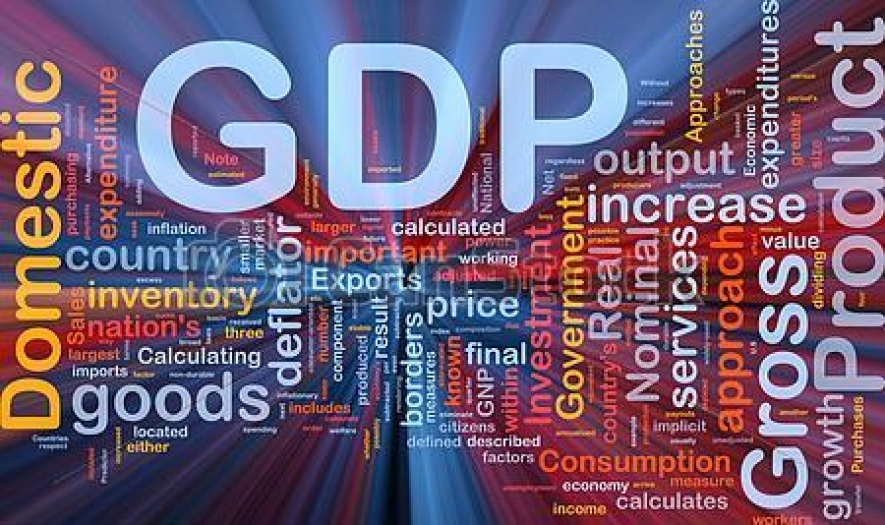Presenting the Central Bank's policy direction and work plan for the new year "Road Map for Monetary and Financial Sector Policies for 2015 and Beyond" for the ninth consecutive year, Cabraal said during the past 5 years unprecedented stable and sound economic and financial platform was established in Sri Lanka.
The Road Map 2015 presentation comprised an assessment of the macroeconomic developments in the previous year, policy direction for 2015 and for the medium term, a Macroeconomic Framework to ensure steady progress across all sectors of the economy while maintaining stability. Targeting an economic growth of 8% for the next five years, the head of the country's monetary authority said substantial progress was achieved in all macro-fundamentals in 2014.
He showed the projected economic growth for 2014 to be 7.8% with the GDP expanding to US$ 75.6 billion while keeping inflation at 3.3%. The per capita income doubled in 5 years to US$ 3,654 in 2014.
According to the Road Map 2015, the Central Bank expects to achieve a per capita income of US$ 7500 by 2020 in a US$ 163 billion economy.
The 5 hubs+ tourism and other emerging sectors are expected to drive economic growth at 8% in the medium term and help pass the middle-income trap seamlessly while the enhanced monetary policy framework is expected to support a sustainable and inclusive annual real economic growth.
"Our goal is to support per capita GDP to increase steadily to reach US$ 7,500+ by 2020 while maintaining macroeconomic stability in the country GDP US$ 163.4," Cabraal announced in his Road Map.
"Macro-economic stability will be the key goal, of which, price stability will remain the main component. The way forward would focus on a greater role on all components of economic stability, i.e., of real, fiscal, external, monetary and financial sectors, while attention would be paid to investment policies which too will complement monetary policy to achieve overall economic stability," the future plan said.
Over the next few years, external financing, particularly FDIs, would also remain a key source to achieve the economic goals.
Development of hubs requires a substantial inflow of FDIs and it is expected that Sri Lanka would attract FDIs from advanced and emerging Asia considering the country's high potential.
It is expected that Sri Lanka would attract US$ 2.4 billion in FDI (2.7% of GDP) in 2015 and US$ 4.6 billion (2.8% of GDP) by 2020.
Budget deficit is expected to decline to 4.6% of GDP in 2015 and further to 3.0% of GDP in 2020.
The Road Map expects the Debt to GDP ratio told fall even below the envisaged level of 60% by 2020 from the 75% in 2014 due to lower re-pricing of debt in next few years while providing a greater space, due to repayment of short term debt.





















